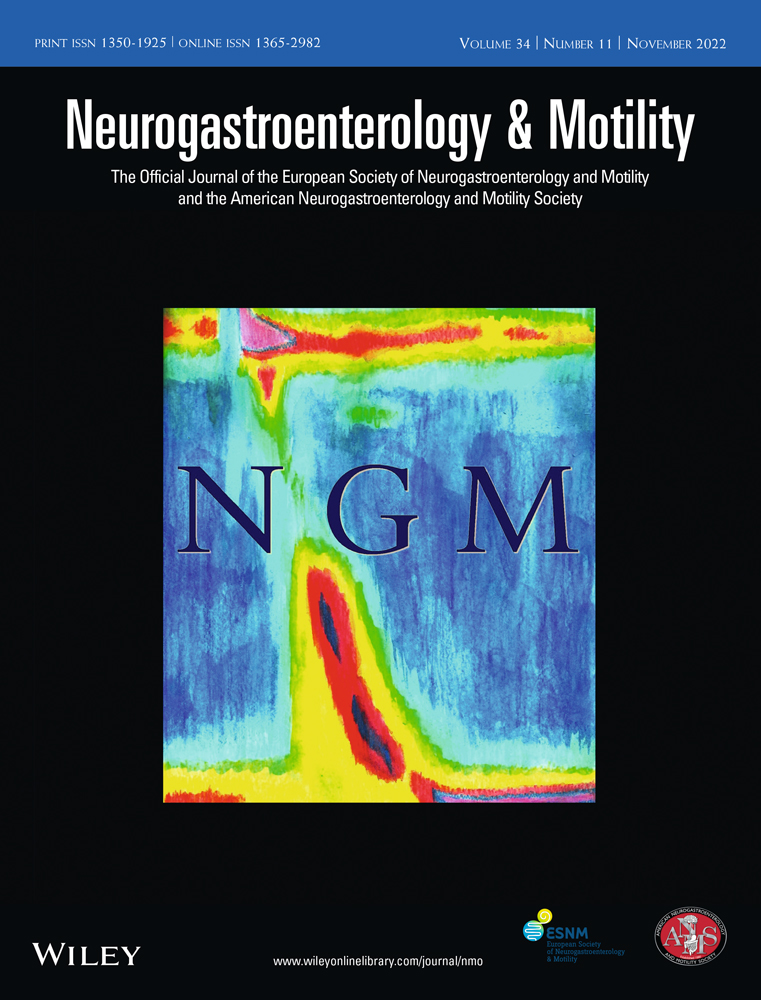Automated extraction of anorectal pressures from high-resolution manometry reports
Funding information
This study was supported by National Institute of Diabetes and Digestive and Kidney Diseases Grant R01 DK78924.
Mohamed ElWazir and Misha Gautam contributed equally to the manuscript.
Abstract
Background
During high-resolution anorectal manometry (HR_ARM), the raw data are converted into software-derived summary variables (e.g., rectoanal gradient during evacuation) that capture only a snapshot of the data collected during HR_ARM and are less useful than newer indices, which are also derived from the raw data, for diagnosing defecatory disorders (DD). However, it is cumbersome and time-consuming to extract raw data from the program and calculate such indices. This study aimed to devise a user-friendly approach to extract anorectal pressures measured with HR_ARM.
Methods
Anorectal pressures at rest, during anal squeeze, and evacuation were measured with HR_ARM in 180 women, among whom 60 each were healthy, had DD, or fecal incontinence. A reverse engineering approach extracted pressure values from color images in HR_ARM reports. The summary variables generated by the software and a reverse engineering approach were compared with Lin's concordance correlation coefficient (CCC), paired t-tests, and Bland–Altman's tests.
Results
Anorectal pressures summarized by the software and a reverse engineering method were highly concordant for anal resting (CCC [95% CI], 0.98 [0.97, 0.99]) and squeeze pressures (0.99 [0.99, 0.99) and the rectoanal gradient during evacuation with an empty (0.98 [0.97, 0.98]) and a filled balloon (0.99 [0.99, 0.99]). For most variables, the paired t and Bland–Altman comparisons were not significant.
Conclusions
Anorectal pressures can be accurately determined from pressure topography images in HR_ARM reports. In future, this reverse engineering approach can be harnessed to compile large HR_ARM datasets across centers and to uncover newer, potentially more useful summary rectoanal pressure variables.




